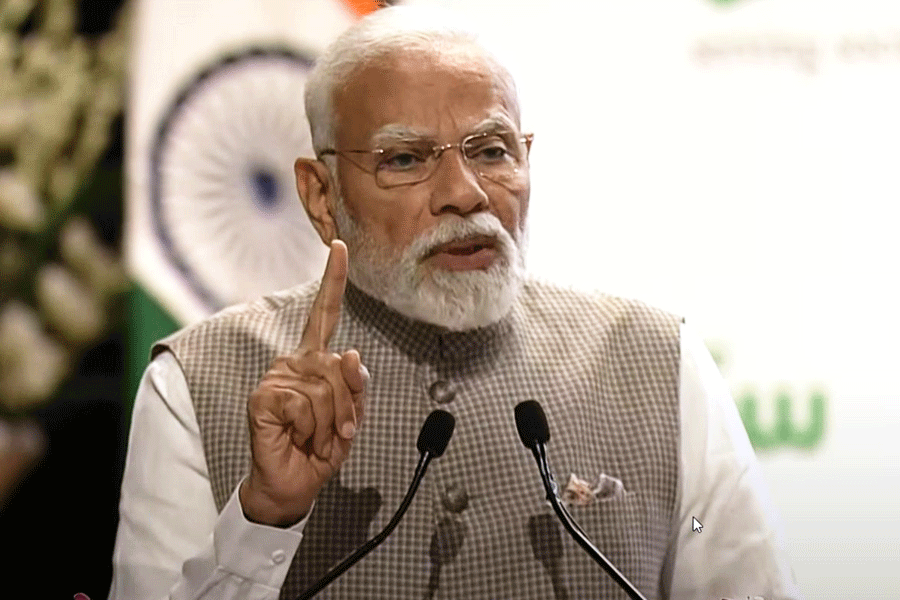 |
July 23: A study conducted by the principal scientist of Assam Agricultural University has revealed that house sparrows outnumber Eurasian tree sparrows in only four localities of the city.
Prabal Saikia, the AAU scientist, has come to the conclusion that in Beltola, Basistha, Chandmari and Bhangagarh, the population of house sparrows is more than 70 per cent of Eurasian tree sparrows. For instance, if there are 100 Eurasian sparrows, the number of house sparrows is 170.
The revelation has come at a time when people confuse both the species as same. (See chart for differences)
“As people are not aware of the differences between the house sparrows and Eurasian tree sparrows they get confused and think both species as the same,” said Saikia.
Besides Guwahati, Saikia has done the survey in Tinsukia, Sonitpur, Lakhimpur, Dhemaji, Sivasagar and Jorhat districts and found that Dikhowmukh (in Sivasagar district) is the only other place among these districts where the population of house sparrows is in a satisfactory state while the other districts have more Eurasian tree sparrows. In the city, Saikia did his survey in 2010.
“In Beltola and Basistha, I have seen 14 to 23 house sparrows in one host which is indeed a good thing to see. In Lakhimpur, I had never seen house sparrows more than seven in a host. At least for Guwahati, it is good news,” said Saikia. He added that in all other districts, the population of house sparrows is less than 20 per cent of the Eurasian tree sparrow. That is, if there are 100 Eurasian tree sparrows, the number of house sparrows is 80.
Saikia said house sparrows seen less than 10 in a host indicate their decrease in population or says that something is not right.
The AAU scientist has designed an artificial paper nest for sparrows to facilitate their breeding and ordered 2,000 of such nests from outside the state. Each nest costs Rs 9.50 but he has been distributing them free among the people to encourage them to design similar nests and help breed house sparrows.
“Instead of throwing away the shoe boxes, people can use them to make nests for sparrows. The box should have a round hole enough for the movement of house sparrows but should not be very big so that other birds can enter,” he said.
Saikia said sparrows could also make their nests in concrete buildings and high-rises but if people make nests for them, it would help them breed.
He said house sparrows breed two to three times during their breeding season, which is from April to August. It takes 16 to 17 days from laying eggs to the day the chicks take wings. The life span of a sparrow is seven to eight years.
Saikia said the use of insecticide in agricultural fields is the main reason that has affected population of house sparrows. “House sparrows feed only larva of insects to their young ones which they collect mainly from agricultural fields. If insecticide is used in the fields, it finds its way into the stomach of the chicks and harm them,” he said.











